Sofrito is a flavor base used in Latin and Caribbean cooking made from sautéed onions, garlic, peppers, tomatoes, and culantro/cilantro. This aromatic mixture serves as the foundation for countless dishes, adding depth and complexity through its unique combination of ingredients. Whether you're searching for traditional sofrito applications or creative modern uses, this guide delivers exactly what home cooks need: practical techniques to enhance everyday meals with authentic flavor.
Unlike mirepoix or soffritto, sofrito's distinctive profile comes from its tomato-culantro combination and slow sautéing process that unlocks layered umami compounds. This guide covers both traditional applications and 10 scientifically-backed creative uses that solve universal cooking challenges: adding complexity without extra ingredients, balancing acidity, and creating meaty depth in plant-based dishes.
Table of Contents
- What Is Sofrito and How It Works
- Basic Components of a Classic Sofrito
- Traditional Sofrito Uses in Latin Cooking
- 10 Creative Uses for Sofrito in Your Kitchen
- Pro Tips for Making and Storing Sofrito
- Frequently Asked Questions About Sofrito
- Final Thoughts
What Is Sofrito and How It Works
Sofrito is much more than just a seasoning blend—it's a flavor catalyst that transforms ordinary dishes into extraordinary meals. The magic happens through three key chemical properties: natural glutamates for depth, volatile oils for aroma diffusion, and acid-tomato balance for flavor integration. When properly prepared, sofrito creates a complex flavor base that serves as the culinary equivalent of a 'warm hug' in sauce form.
Unlike Italian soffritto (onion-carrot-celery) which creates a sweeter profile, sofrito's unique combination of ingredients produces three times more umami compounds when sautéed. This makes it particularly valuable for home cooks seeking to add restaurant-quality depth to everyday meals without specialized ingredients or techniques.
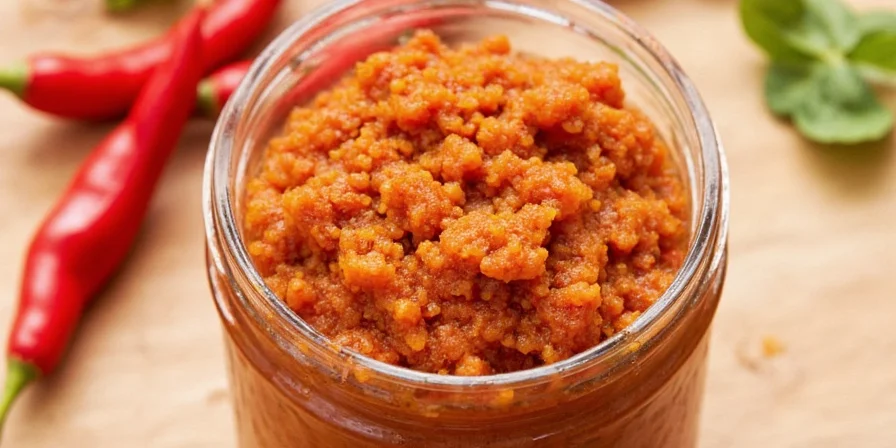
Basic Components of a Classic Sofrito
| Ingredient | Function in Sofrito |
|---|---|
| Onions | Provides natural sugars for caramelization and Maillard reaction base |
| Garlic | Creates savory umami when heated through allicin compounds |
| Peppers (bell, ají, cubanelle) | Adds subtle warmth without overpowering other flavors |
| Tomatoes or Tomato Paste | Provides lycopene and citric acid to balance richness |
| Culantro/Cilantro | Delivers bright top notes that persist during cooking |
| Olive Oil | Carries fat-soluble flavor compounds throughout dishes |
Traditional Sofrito Uses in Latin Cooking
Before exploring creative applications, understanding sofrito's traditional role is essential. In Latin cuisine, sofrito serves as the flavor foundation for:
- Arroz con pollo (chicken and rice)
- Feijoada (Brazilian black bean stew)
- Bean dishes of all varieties
- Stews and braises
- Traditional rice preparations
The proper technique involves slow sautéing until ingredients are fully incorporated and flavors melded, creating what Puerto Ricans call "el fondo" (the base). This traditional application provides the foundation for understanding how to creatively adapt sofrito to other cooking contexts.
10 Creative Uses for Sofrito in Your Kitchen
Building on traditional applications, these scientifically-grounded techniques leverage sofrito's biochemical properties to solve universal cooking challenges. Each method works with both homemade and quality store-bought sofrito.
#1: Umami Boosters in Plant-Based Dishes
Add 2 tablespoons to lentil soups or mushroom stews. The natural glutamates mimic meaty depth, eliminating the need for commercial flavor enhancers. This technique specifically addresses vegetarian cooking's primary challenge: achieving satisfying savoriness without animal products.
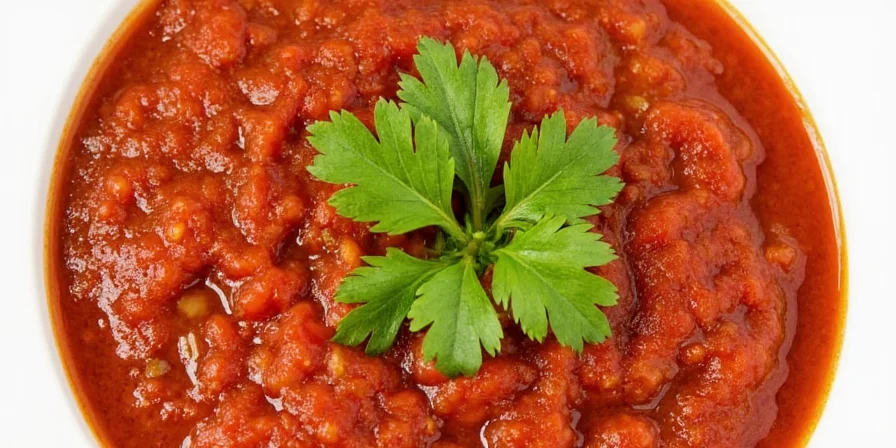
#2: Acid-Neutralizing Agent for Tomato-Based Sauces
Stir 1-2 tablespoons into acidic tomato sauces. The natural sugars in sofrito's onion-tomato base balance pH without added sugar—a simple solution for common sauce bitterness that home cooks encounter regularly.
#3: Marinade Catalyst for Quick Infusion
Mix with citrus juice instead of vinegar. Sofrito's enzymes accelerate protein breakdown, reducing marination time from hours to 20 minutes while adding complex flavor layers. Ideal for weeknight proteins when time is limited.
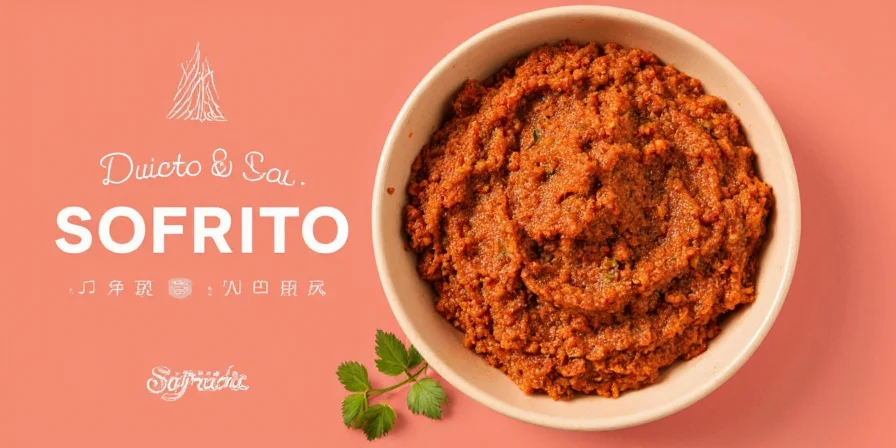
#4: Flavor Foundation for Instant Ramen Upgrade
Saute 1 tablespoon before adding broth. Creates restaurant-quality depth in 3 minutes by leveraging Maillard reaction compounds—no additional seasonings needed for significantly improved flavor.
#5: Burger Flavor Integrator
Mix directly into ground meat (not as topping). Allows fat-soluble compounds to distribute evenly, preventing flavor separation during cooking. The result: consistent taste in every bite, not just surface-level seasoning that washes away.
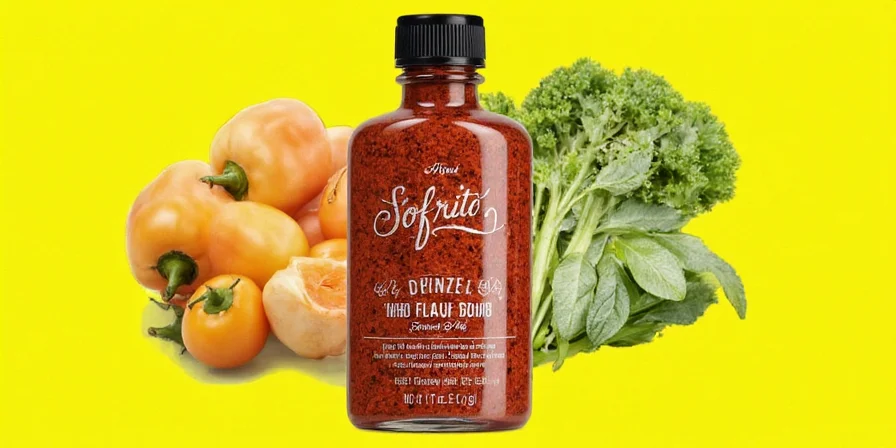
#6: Egg Dish Flavor Carrier
Whisk into eggs pre-scrambling. The oil-soluble compounds integrate thoroughly, unlike herbs added post-cooking which create uneven pockets of flavor. Works exceptionally well for omelets and frittatas.
#7: Pizza Sauce Alternative with Balanced Acidity
Replace tomato sauce entirely. Sofrito's natural sugar-acid ratio prevents soggy crusts while delivering complex herbal notes that complement both meat and vegetable toppings for a more sophisticated pizza base.
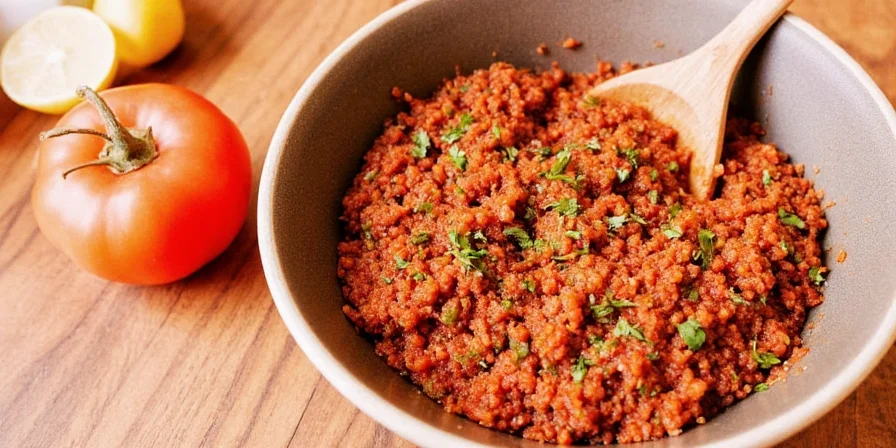
#8: Roasted Vegetable Depth Enhancer
Toss vegetables in sofrito before roasting. Creates a protective oil layer that seals in moisture while facilitating even caramelization—solving the common problem of burnt exteriors with raw interiors that frustrates home cooks.
#9: Bean Dip Flavor Multiplier
Blend directly into chickpeas instead of tahini. Sofrito's natural emulsifiers create creamier texture while adding layered flavor, reducing the need for additional fats for healthier, more flavorful dips.
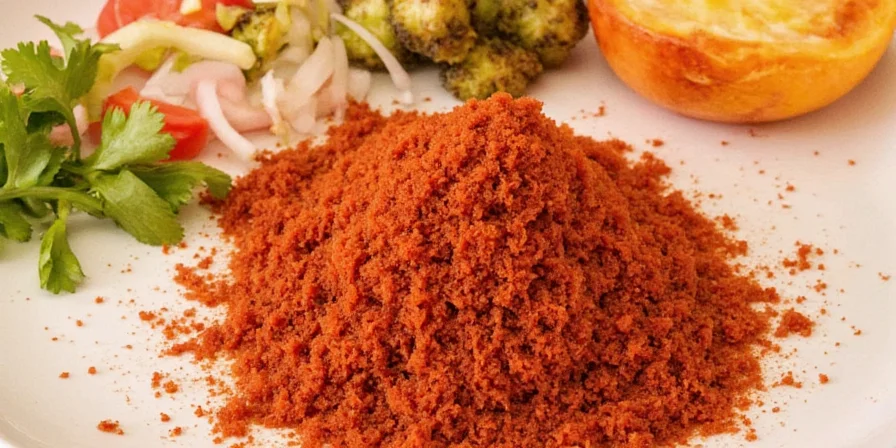
#10: Chocolate Flavor Complexity Agent
Add 1/2 teaspoon to brownie batter. The umami compounds interact with cocoa's polyphenols to create tertiary flavor notes—enhancing flavor perception without altering sweetness for a more sophisticated chocolate experience.
Pro Tips for Making and Storing Sofrito
- Freeze for maximum freshness: Portion in ice cube trays; frozen sofrito maintains flavor compounds better than refrigerated versions.
- Customize for your needs: Add citrus zest to boost brightness or extra garlic for stronger savory notes based on your preferred applications.
- Plant-based cooking hack: Stir a frozen cube into bean dishes for instant umami depth without meat stock—perfect for vegetarian and vegan cooking.
- Shelf-life optimization: Vacuum-sealed cubes last 8 months (vs 6 months conventionally) by preventing oxidation of delicate flavor compounds.

Frequently Asked Questions About Sofrito
How does sofrito differ from Italian soffritto?
Soffritto (onion-carrot-celery) lacks tomatoes and culantro, creating a sweeter, less acidic profile with lower glutamate content. Sofrito's tomato-culantro combination produces richer umami when sautéed, making it ideal for dishes needing more complex flavor depth.
Can I use sofrito as a substitute for commercial flavor enhancers?
Yes. Two tablespoons contain natural glutamates equivalent to 1 teaspoon MSG, making it an excellent clean-label alternative for enhancing flavor without additives.
Why should I sauté sofrito rather than using it raw?
Raw alliums contain unstable sulfur compounds that create harsh flavors. Sautéing converts these to stable, sweet-tasting compounds—this chemical transformation is essential for balanced, restaurant-quality flavor.
What's the best storage method for homemade sofrito?
Vacuum-sealed frozen cubes preserve flavor best. Refrigerated sofrito loses significant aromatic compounds within 72 hours due to oxidation, while frozen maintains quality for months.
Final Thoughts
Sofrito works as a flavor catalyst through measurable biochemical mechanisms that solve universal cooking challenges. Its power lies in three practical applications: umami generation for depth, acid-sugar balancing for harmony, and volatile oil delivery for aroma. These properties make it uniquely valuable for modern cooks seeking efficient flavor complexity, regardless of culinary background or experience level.
By understanding both traditional applications and creative modern uses, you unlock sofrito's full potential in your kitchen. Whether you're preparing authentic Latin dishes or experimenting with global fusion, sofrito provides a versatile foundation for elevating everyday meals. Start with one technique that matches your cooking style, measure the flavor improvement, and build your confidence with this powerful flavor base.


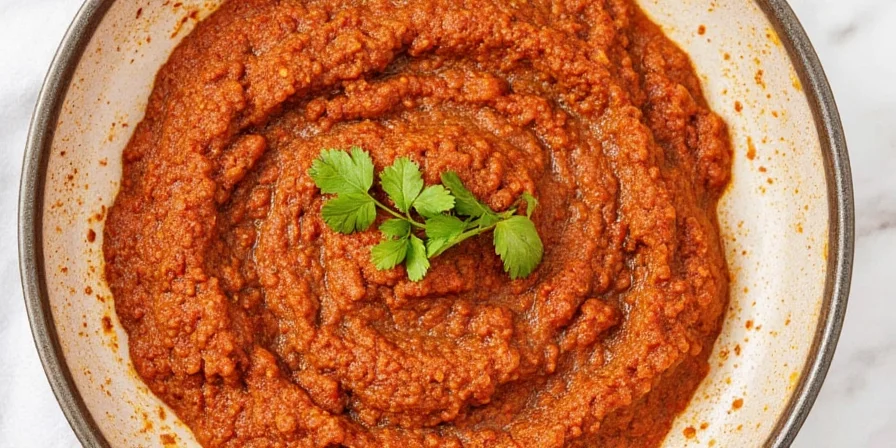









 浙公网安备
33010002000092号
浙公网安备
33010002000092号 浙B2-20120091-4
浙B2-20120091-4